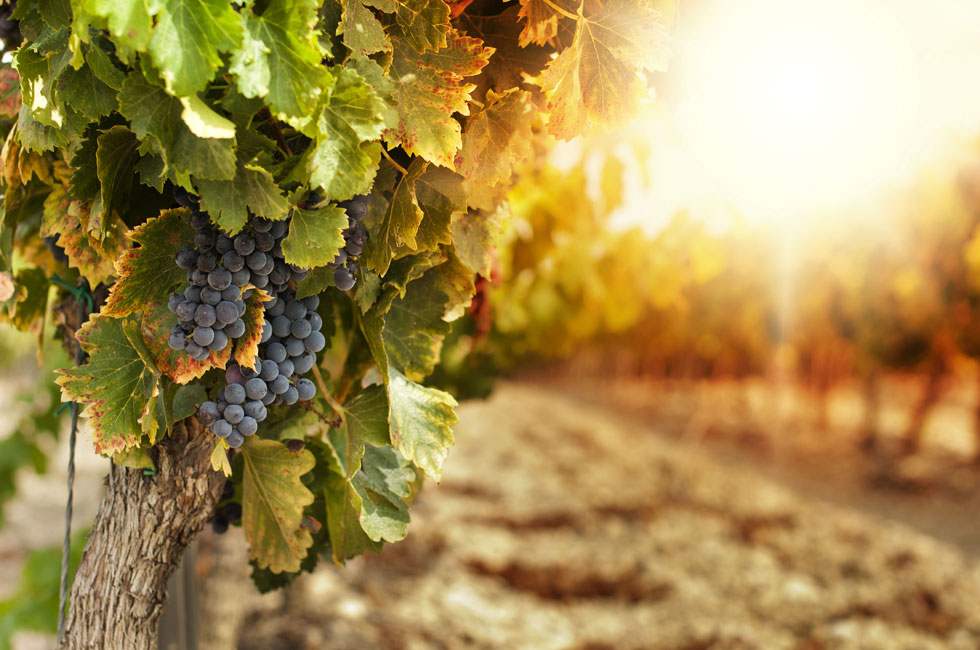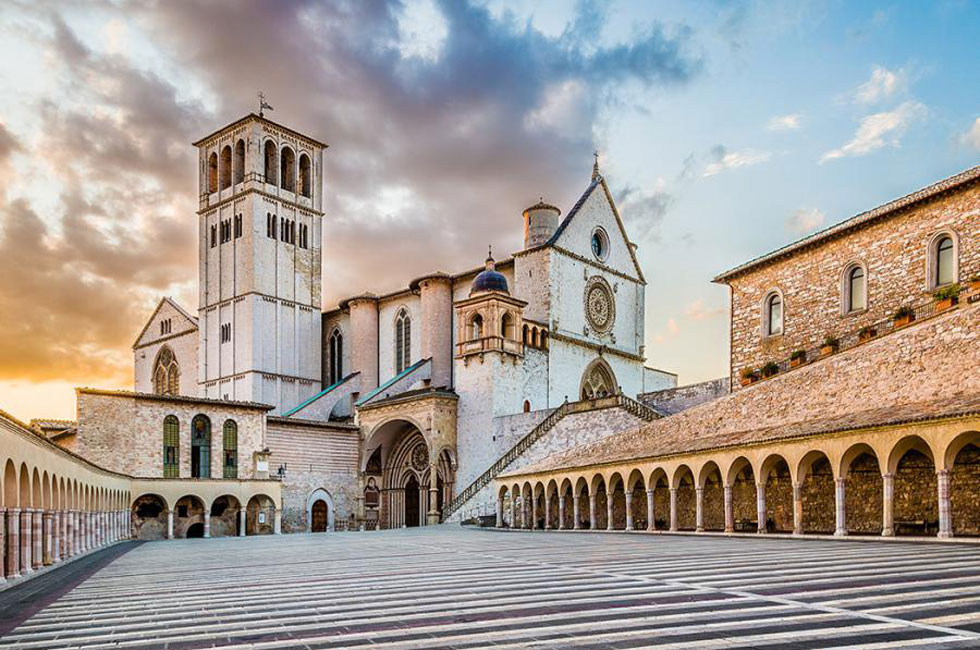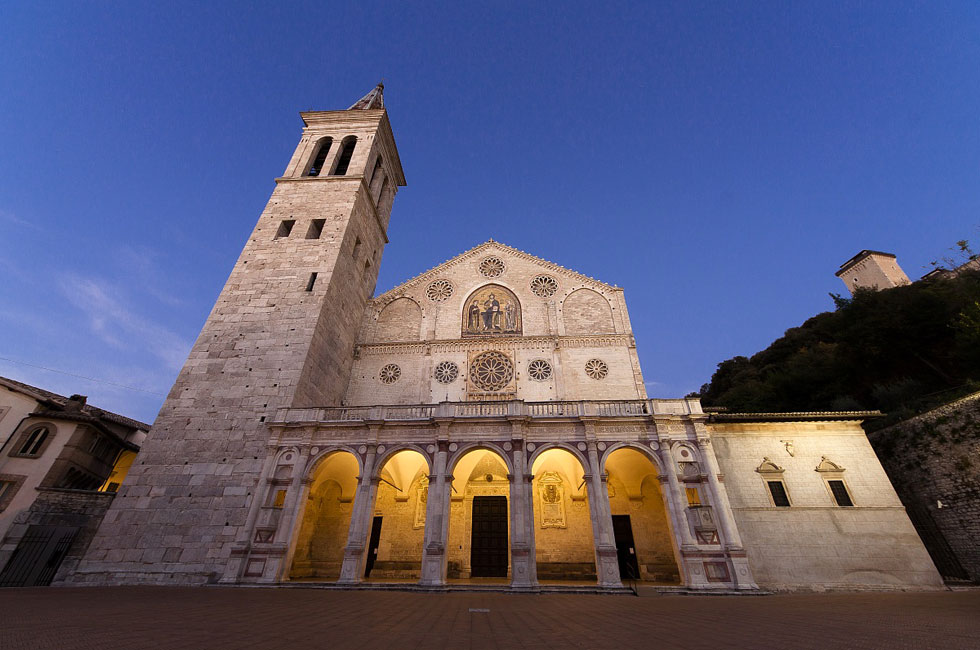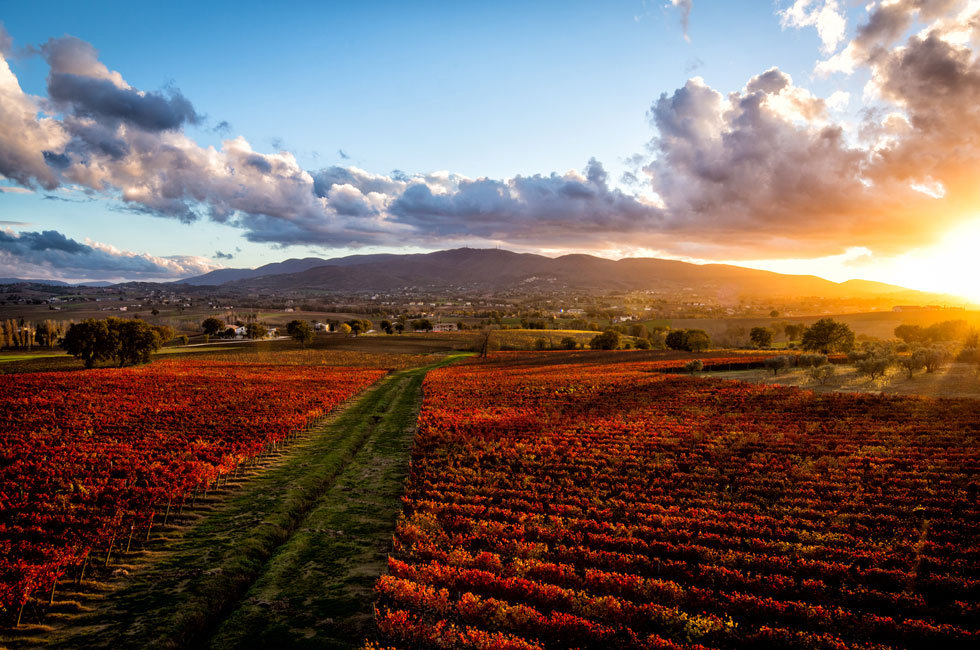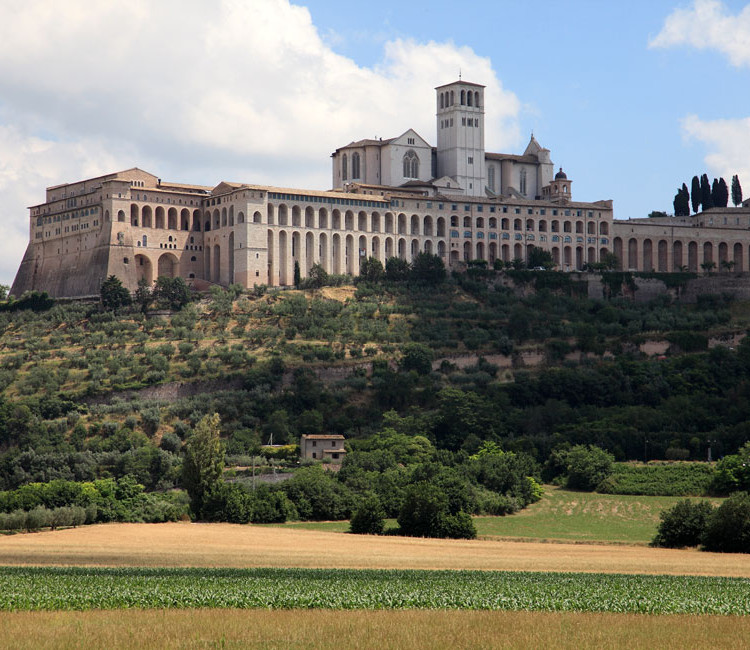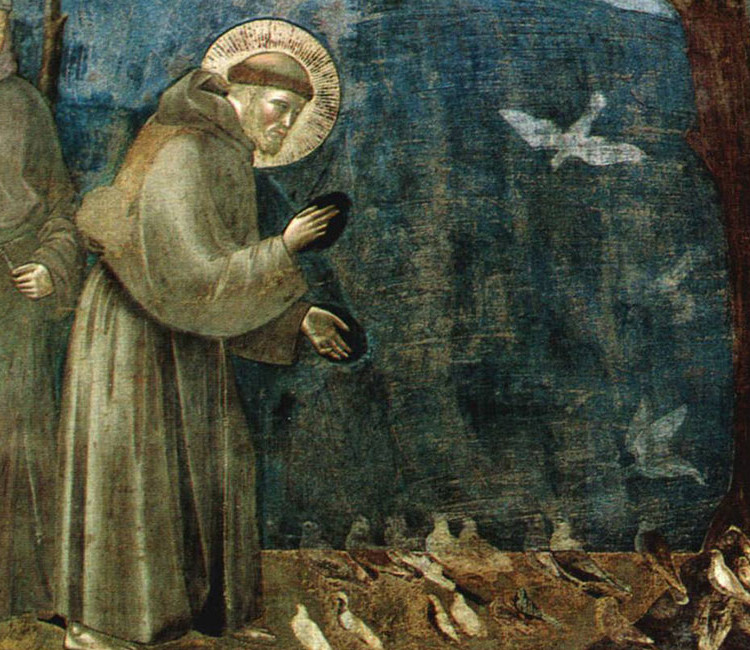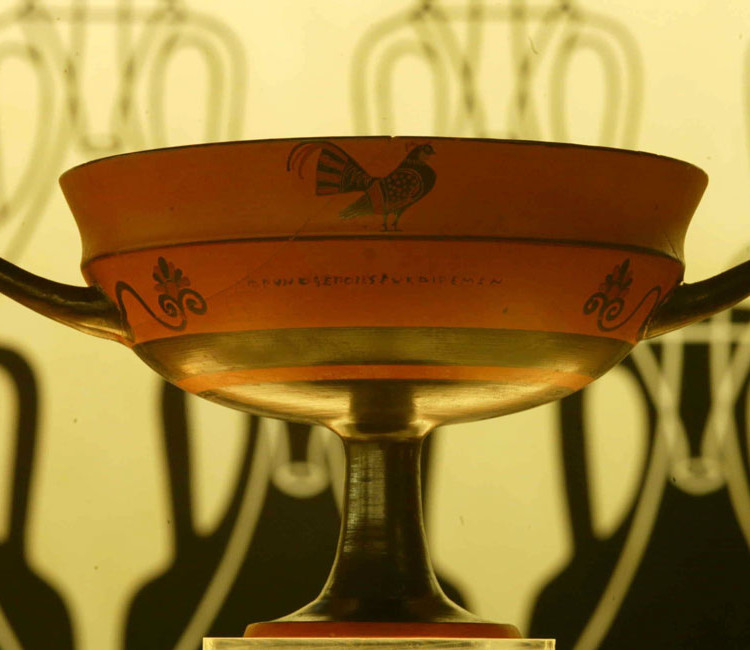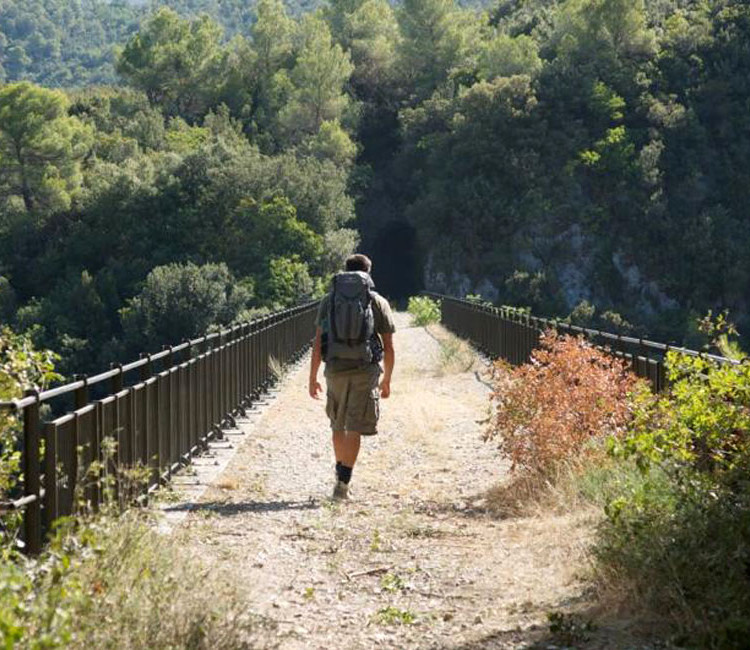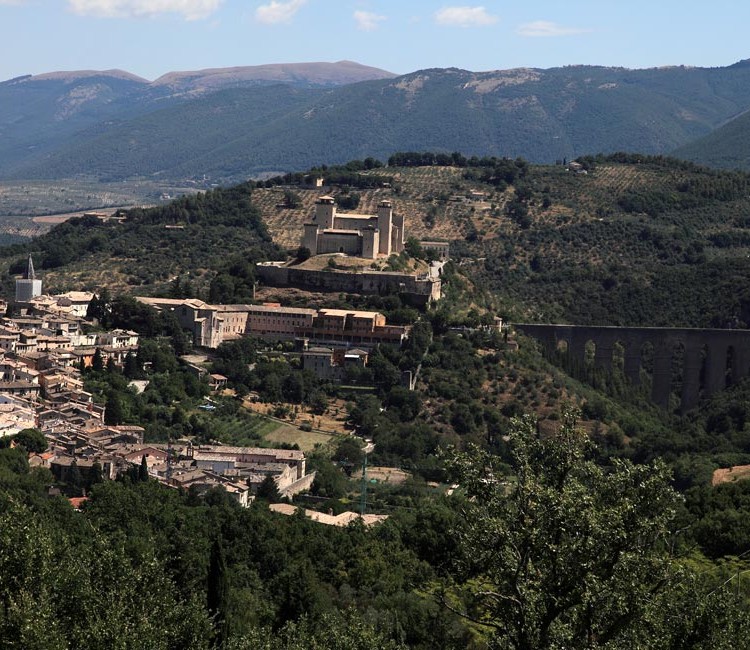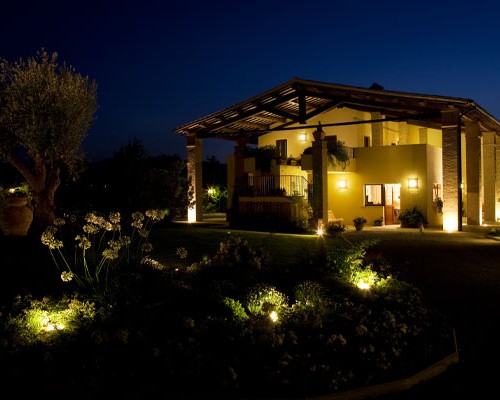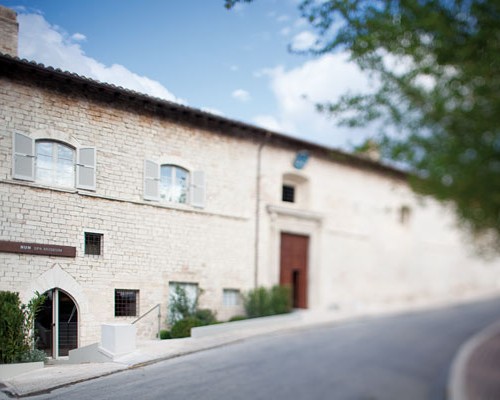By Admin
Posted in Assisi, Montefalco, Norcia, Spoleto, TOURS, Trevi | Tags : Assisi, Montefalco, Norcia, Spoleto, Trevi
The Umbria of this itinerary has been narrated by many Italian and foreigns writers and poets. It has been portrayed by Medieval and Reinassence painters, thanks to the beauty of its villages and towns such as Montefalco, Spoleto and Norcia and of the landscape offered by Fonti del Clitunno, Valnerina, Parco dei Monti Sibillini and Norcia, naturalistic oasis where it’s possibile to refresh soul and senses. It’s the territory of Sagrantino wine, of good oil and of ‘norcineria’ (processed meat). It’ s our unconscious Umbria: sweet, hills surrounded, with many vineyards, olive groves and good delicatessen.
Arrive in Assisi.
A view on Umbria starting from Montefalco. For its position, Montefalco is known as “railing of Umbria”. It’s easily reachable through turns and hairpin turns, rows and vineyards, farms, cellars and olive oil mills, estates and farmhouses. These hairpin turns impose a low gait and lead people toward the top. The thought goes to Frederick II of Swabia and to his passion for hunting and hawks; here stayed the Emperor of Swabiaia in the faraway 1249: in his honour this place has been called Montefalco (let.’mount of the hawk’). You can enter in the city through the well-preserved medieval gates and, if you want to reach the old town heart, you have to climb up through a narrow alley with old textile workshops on the sides; finally, in front of you you’ll find the square, with its buildings, its craft workshops and wine shops on the sides. Montefalco it’s the town of Sagrantino wine, whose plantation in the territory dates back to Roman period. You must spend some time visiting a Sagrantino winery and tasting some goods during this excursion! A necessary visit must be that one of Chiesa-museo di San Francesco (Church-Museum of saint Francesco), in the centre of Montefalco, in which you can find the second most important frescos cycle after the one of Giotto in Assisi. Benozzo Gozzoli’s frescos, painted between 1450 and 1452, are not only a priceless sample of art but also a a document about other models of Italian art of the XV century such as Palazzo della Signoria (Old Palace) in Florence, Basilica di San Pietro (St.Peter’s Basilica) in Rome and Montefalco itself with its inhabitants. It seems that painting laical and religious buildings was a way to convey in a more concrete and realistic way the life of Saint Francis.
Return to Assisi.
Trevi and Fonti del Clitunno. Trevi was established by Umbri, dominated by Romans, which thanks to its proximity to Flaminia Way, made it an important commercial centre, then it was urban planned in the Middle Ages and Reinassence. When you walk along the street towards Trevi, you immediately realize to be in a place highly dedicated to oil production and of course, a visit in an olive oil mill is strongly recommended: an opportunity to assist to the entire oil processing, from the olives squeezing to the bottling.
5 km, or a few more, divide Trevi from the marvelous oasis of Fonti del Clitunno (Clitunno Springs): nourished by underground sources, they are an authentic treasure of the area! The clear stretch of water and its banks surrounded by weping willows and poplars give the environment a charming and romantic atmosphere! Source of inspiration for ancient writers as Virgilio and Pliny the Younger, the Springs fascinated also George Byron, who quoted the place in his “Child Harold’s Pilgrimage” and the Italian poet Giosuè Carducci who dedicated an ode to the area “Alle Fonti del Clitunno”.
Return to Assisi.
Fascinating Spoleto. In the autumn of 1786, Gothe in his “Viaggio in Italia” wrote about Spoleto and the beauty of its aqueduct, known also as Ponte delle Torri (Towers Bridge). Even the German writer Hermann Hesse, between 1903 and 1906 visited the Umbrian town defining it as “the most beautiful discovery I made in Italy”. Getting close to Spoleto, the majestic Ponte delle Torri, of the XII century, enchants your glance. Who visits Spoleto should move on with no hurry, patiently and curiously, for discovering a combination of alleys, squares, quads and stairways. Almost hidden, we find the beautiful Piazza Duomo (Cathedral Square), with the Cathedral dedicated to Saint Mary Assumption. It was built in the XII century and represents one of the most remarkable samples of Romanic architecture in Italy, even though it has been then built up, restored and ridesigned. Its facade is decorated with rose windows and blind arches with a refined porch in Reinassence style. Inside there’s an authentic treasure chest with the Pinturicchio and Filippo Lippi’s frescos, together with a Byzantine style mosaic. Climbing up from the square, the wonerful walk will lead you to the Albornoz Fortress built in 1359 and then to Ponte delle Torri, from which is possible to have one of the most spectacular view of Umbria. A well-spent day in Spoleto envolves living all its art evidences: the Church of San Pietro Fuori le Mura (St.Peter out of the Walls), built in the V century b.C. and decorated with a magnificent low relief; the charming Roman Theatre – one of the location of the famous “Festival dei due Mondi” , Ponte Sanguinario (Bloody Bridge); Arco di Druso (Druso Arch) built in the 23 a.C. that introduces us in Piazza del Mercato (Market Square), where in the past there was the ancient Foro Romano (Roman Town Square).
Return to Assisi.
Saints Felice and Mauro Abbey, Sant’Anatolia di Narco. Visiting this part of Umbria means being in one of the most fascinating European places: you have to contemplate its architecture, its art and landscape, with many heremitages and churche, symbols of a deep mystic sense. Walking through an uncommon but extremely beautiful path, we arrive in Valnerina from Sant’Anatolia di Narco. Here we can still find signs left by saints and hermits. In Saints Felice and Mauro Abbey, under the facade rose window there is a wonderful low relief of XII century, where is metaphorically represented the valley recovery with the kill of a dragon (that is Nera river) thanks to Saints Felice and Mauro. The building is well balanced with the surrounding garden and a nice view on river Nera.
A really Valnerina gem is Vallo di Nera, even if not so popular and out of the main tourists route, but very worthy to visit. Once arrived here the view on Valnerina is amazing. Vallo di Nera seems like a little medieval fortress because of its walls and towers making it a sort of castle.
The last stage will take us to Abbazia di Sant’Eutizio (Saint Eutizio Abbey), around Preci, an importante place in the medicine history: the Benidictines who lived there created and developed one of the first western micro-surgery school. The abbey is like a real burg, with cloister, monastery, church and two wide gardens: a very impressive architectonic complex.
Arrive in Norcia.
Sibillini Mountains, plateau of Castelluccio and Norcia.
The National Park of Monti Sibillini is a naturalistic oasis of seventy thousands hectars and with an extraordinary beautiful landscape. Mount Vettore dominates the place with its 2746 metres and marks the border between Umbria and Marche. From Castelluccio di Norcia, the highest village of Appenines (1.452 metres o.s.l.) we have an extraordinary overview: it seems to be in a lunar landscape, surrounded by peacefulness and silence. Between the end of May and the beginning of July the plateau of Castelluccio blasts with colours during the blooming: multicolours and various flowers paint the plain with yellow, red, white and blue: poppies, daffodils, gentian, tulips and fleur-de-lis. Castelluccio is the right place for expressing your own sense of freedom: here indeed, is possible to fly in a biplane or to have an excursion on horseback, or a walk next to mules and donkeys or to do challenging rafting.
Return to Norcia.
Norcia. In perfect balance between sacred and profane, Norcia is not only the city of Saint Benedict, the founder of Benidictine Order and patron of Europe, but also the city of sausages and cured meats. The town is different from the other medieval Umbrian villages because it has been entirely rebuilt after the erathquakes of XVIII century. The original set dates back to Roman age and the town walls with their eight doors tell us that it was often attacked by barbarians and so it nedeed a massive defense. The heart of the city is Piazza San Benedetto (St.Benedict Square) with Palazzo Comunale (Town Palace), the colonnade of Loggia dei Mercanti (Merchants Loggia), Basilica di San Benedetto (St.Benedict Basilica), the Cathedral and the monumental Rocca Castellina (Castellina Fortress) built in 1554. Thanks to its harmony this is one of the most beautiful square in Umbria. Visiting Norcia means also tasting its typical products; the local small shops show ham, sausages and many cured meats together with truffle ans lentils.
The tradition of producing pork meat has been transmitted through the Middle Ages untill nowadays and the production technique is still indicated as ‘norcino’ or ‘norcineria’ from the name of the city of Norcia.




